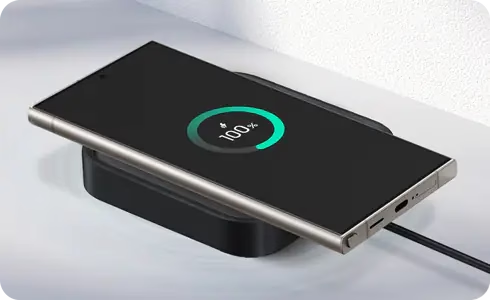Fast charging? It’s 2025, and we’re addicted to speed. Phones that refresh 120 times per second. Laptops that boot in under 5 seconds. And of course—chargers that promise to take your battery from 0 to 100 real quick.
But here’s the deal: fast charging is a blessing and a trap. We have spoken about it here before but you need a refresher.
One moment, you’re bragging that your phone charges in 25 minutes. The next, you’re wondering why your battery health is dropping faster than your screen time report.
Before you keep chasing wattage and fancy charging bricks, let’s break down exactly how fast charging works—and what you need to know before your battery gets fried.
⚙️ What Is Fast Charging, Really?
Fast charging is the tech that pumps more power (watts) into your device to charge it quicker than standard 5W or 10W charging.
Here’s how it works:
- Watts = Volts × Amps
- Fast chargers boost one or both to push more juice into your phone.
- Most phones today support 15W–45W fast charging, while some Android monsters like Xiaomi and Infinix now do 100W+. That’s insane.
⚠️ Fun fact: The USB-C standard technically supports up to 240W.
🧠 But Wait—Is More Watts Always Better?
Short answer: No.
Your device is only going to pull as much power as it can handle. That’s why using a 120W charger on a phone that supports only 30W won’t speed things up—it’ll just warm your charger and pad your electricity bill.
Even worse? Cheap or fake fast chargers can mess with voltage regulation and end up damaging your battery, motherboard, or charging port.
🔥 The Hidden Cost of: Battery Health
Let’s be honest—fast charging is convenient. But over time, it can wear down your battery faster.
Here’s what you should know:
- Heat is the real enemy. Charging faster = more heat = more wear on lithium-ion cells.
- Battery health degrades quicker when fast charging is used constantly.
- Many brands (looking at you, Xiaomi, OnePlus, and Infinix) throw huge charging numbers at you—but most don’t talk much about long-term battery life.
Even Apple limits fast charging on iPhones to around 20W, and they do it on purpose.
So, while charging fast won’t kill your battery overnight, it will age it faster if you rely on it 24/7.
🛑 Before You Plug In: Read This First
If you want to enjoy fast charging without burning through your battery’s lifespan, keep these tips in mind:
✅ Use the original or certified charger that came with your device. If you’re using a third-party charger, make sure it supports the same charging protocol (like USB Power Delivery, Qualcomm Quick Charge, VOOC, etc.)
✅ Avoid charging to 100% all the time—staying between 20% and 80% is the sweet spot for battery health.
✅ Unplug once full—leaving your phone plugged in overnight at high wattage isn’t doing it any favours.
✅ Turn off high-performance apps or mobile data while charging—especially during fast charging sessions.
✅ If your phone has a setting for ‘Optimised Charging’ or ‘Battery Protection’—turn it ON.
📱 But… What About Wireless Fast Charging?
It exists, yes. It’s flashy. But wireless charging is less efficient and generates more heat than wired fast charging. It’s the equivalent of trying to fill a bucket using a misting fan.
Unless your wireless charger is made by the phone manufacturer (and even then), you’re better off using a good old-fashioned USB-C cable when speed and battery longevity matter.
🚀 Final Thoughts: Speed vs. Longevity
Fast charging is here to stay. And let’s be real—it’s a life-saver when you’ve got 4% and a meeting in 10 minutes.
But like all good things, moderation is key.
Don’t use fast charging as your daily default. Instead, treat it like a performance boost—handy when you need it, but not your phone’s main diet.
Your battery (and future self) will thank you.




